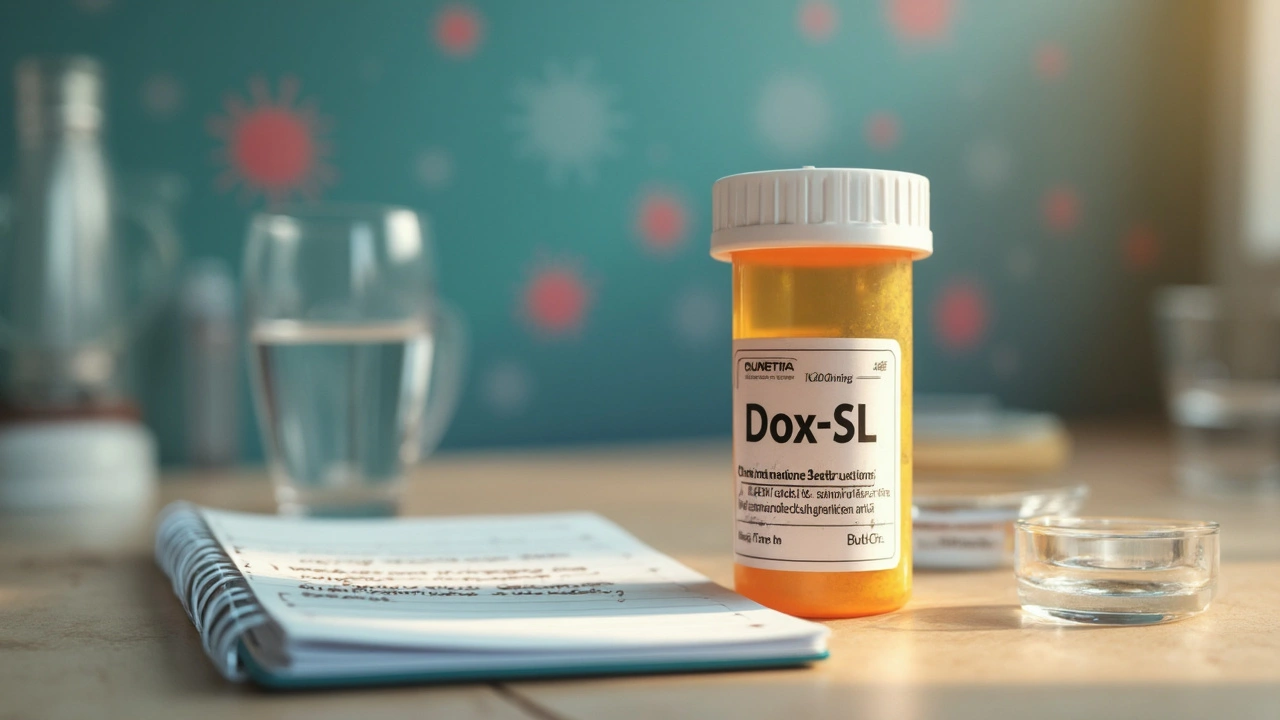Antibiotic Guide: Safe Buying Tips & How to Pick the Right Antibiotic
If you need an antibiotic, you probably want it fast, cheap, and without hassle. The internet makes that possible, but it also opens the door to scams, unsafe meds, and legal trouble. This guide gives you clear steps to buy antibiotics online the right way and helps you decide which drug actually fits your infection.
First off, antibiotics are prescription‑only for a reason. No reputable pharmacy will ship you a pill without a valid prescription from a qualified prescriber. If a site says “no prescription needed,” walk away – that’s a red flag. Always have a recent prescription in hand, whether it’s a paper copy or a digital file from your doctor’s portal.
How to Verify a Safe Online Pharmacy
Look for a UK‑registered pharmacy licence number on the site’s footer. You can double‑check the number on the General Pharmaceutical Council (GPhC) website. Legit sites also display a clear privacy policy, contact details, and a pharmacy address. Avoid marketplaces that sell a wide range of medicines alongside unrelated products; they’re usually not regulated.
Read customer reviews, but don’t rely solely on five‑star ratings. Scan for complaints about delayed shipping, missing doses, or unexpected side effects. A trustworthy pharmacy will have transparent return policies and will never ask for payment through unconventional methods like gift cards.
Choosing the Right Antibiotic for Your Infection
Not every infection needs the same drug. Your doctor will match the antibiotic to the bacteria they suspect. Common choices you might see are:
- Erythromycin – good for respiratory infections and skin bugs.
- Nitrofurantoin – used mainly for urinary tract infections.
- Cefixime – a broad‑spectrum pill for ear, throat, and some gut infections.
- Cenmox (Cefaclor) – often prescribed for sinus and bronchial infections.
Never switch to a different antibiotic on your own, even if you think it’ll work faster. Doing so can lead to resistance or unwanted side effects. If you’re unsure which drug your prescription mentions, copy the name exactly and search it on the pharmacy’s site. Most reputable shops list dosage instructions, common side effects, and any food interactions.
When you place an order, double‑check the dosage form (tablet, liquid, or suspension) and the total number of units. For short‑course antibiotics, a typical adult prescription might be 5–10 days, while some infections need a longer 14‑day course. Ordering the wrong amount can either waste money or leave you without enough medication.
Delivery matters, too. Choose a pharmacy that offers tracked shipping and discreet packaging. Fast delivery is great, but never sacrifice safety for speed. If a site promises overnight delivery without a verified carrier, that’s another warning sign.
Finally, keep a record of the batch number and expiry date once your meds arrive. If you notice any discoloration, odd smell, or packaging damage, contact the pharmacy immediately – they should replace the product or issue a refund.
By following these steps, you can get the antibiotic you need without risking counterfeit pills or legal trouble. Remember: a legit prescription, a registered pharmacy, and a clear understanding of your medication are the three pillars of safe online antibiotic buying.

Doxt-SL: Uses, Dosage, Side Effects, and Practical Guide
Jun, 19 2025Everything you need to know about Doxt-SL: what it treats, how to take it, side effects, and smart tips for safer antibiotic use.
READ MORE